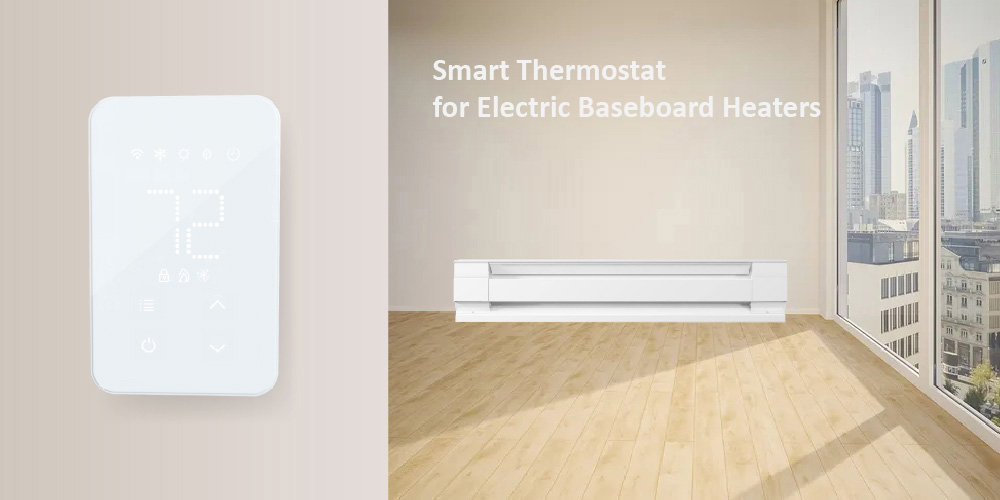Never miss an offer or update. You can unsubscribe at any time.
Electric baseboard heaters are good for areas of your house that central HVAC does not reach. If you are going to installer a baseboard heater, make the thermostat setup the best you can by separating it from the heater body. This provides more accurate temperature gauging, plus it makes it easier for users to access the thermostat.
You can install a thermostat on the baseboard heater rather than install a thermostat on the wall. This type of installation is easiest since it does not involve opening up walls, it is considered to be inferior to installing the thermostat on the wall.
However the room temperature sensing is not as accurate as the wall thermostat. Plus that,baseboard heater-mounted thermostats also entail bending down every time you want to change the temperature. Wall-mounted thermostats are easy to access.
If you have your walls open and no drywall has yet been installed, it is highly recommended that you install a wall line voltage thermostat.

Line voltage thermostats are simple mechanical devices that connect and disconnect the power going to your heater. These thermostats act much like a valve to control the water pipe. When the valve is open, water flows. When the valve is closed, water stops. Line voltage thermostats mechanically interfere with the flow of electricity from the power lines to the baseboard heater. When there is no connection in the device, the heater cannot turn on. When the connection is restored, the heater can activate.
Line voltage thermostats have a basic temperature-sensing device so that they turn on or off according to a temperature range you have set. They are cost-effective and easy to install, but you especially need to make sure you've got the wiring correct.
Parameters of E-Top’s baseboard heating thermostat:

 Address:No.6 of Tong'an Industrial Park, Meixi Rd,Tong'an District, Xiamen China 361100
Address:No.6 of Tong'an Industrial Park, Meixi Rd,Tong'an District, Xiamen China 361100 Phone:+86 0592 6155792
Phone:+86 0592 6155792 Email:info@etopcontrols.com
Email:info@etopcontrols.comNever miss an offer or update. You can unsubscribe at any time.

